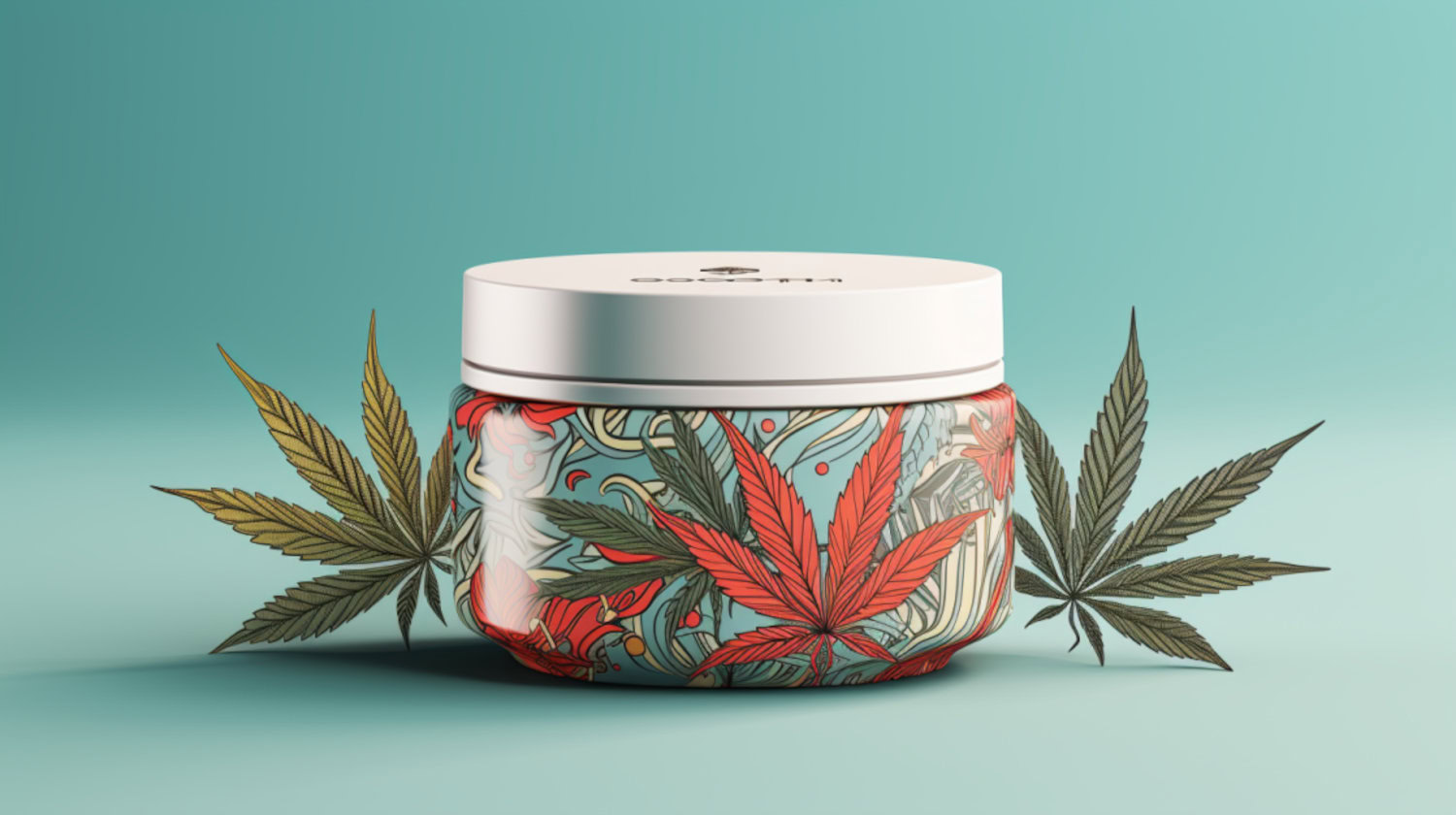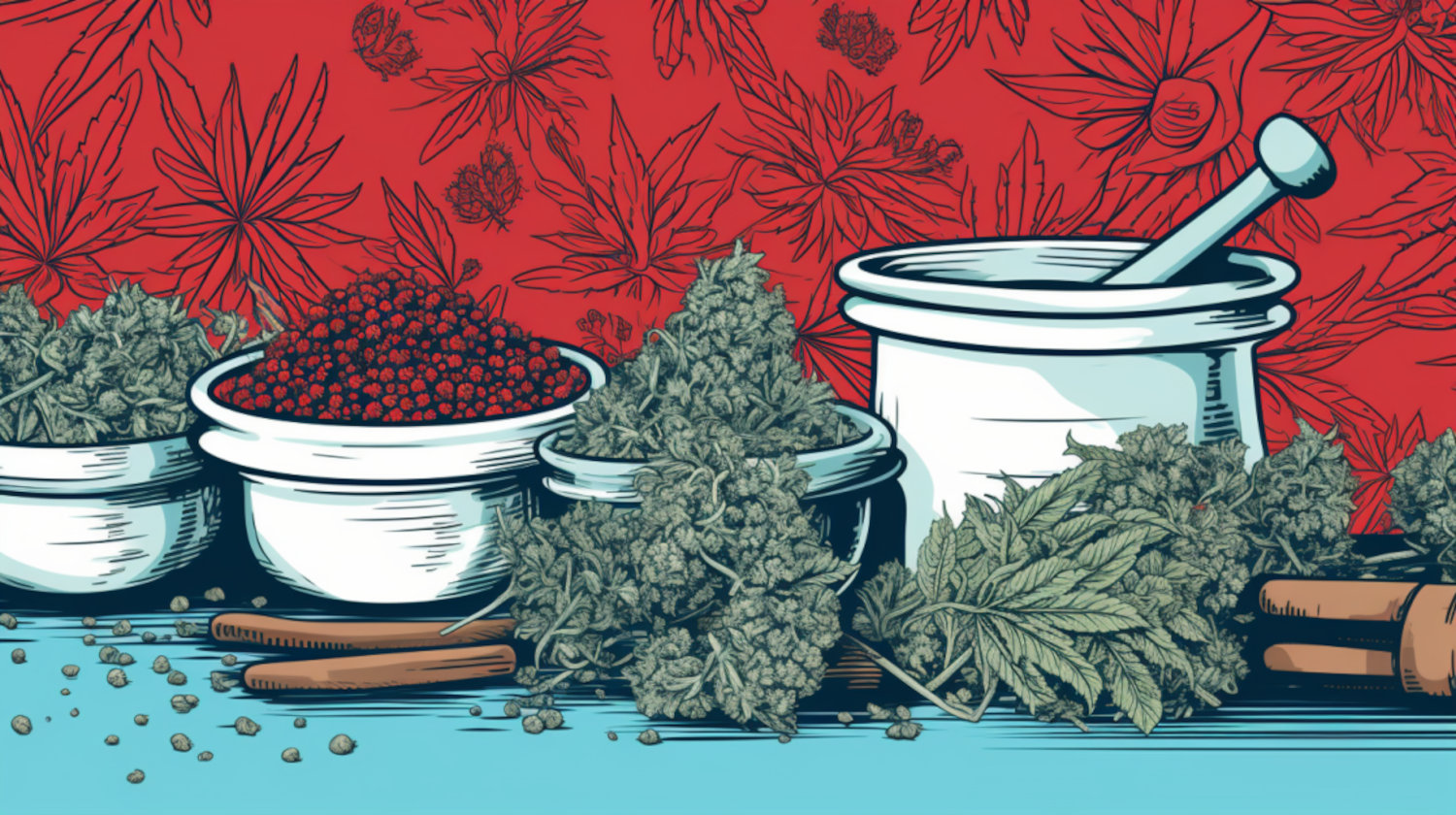In This Article
The cannabis compounds CBD (cannabidiol) and CBDV (cannabidivarin) were effective at killing dangerous fungal pathogens in laboratory tests, according to a new study from Australian researchers. The research, published in the Journal of Neglected Tropical Diseases, found that CBD and CBDV were effective against Cryptococcus neoformans, a fungal infection listed as a priority pathogen by the World Health Organization (WHO).
In April, the WHO released its first report on invasive fungal infections, which affect more than a billion people worldwide every year and kill millions. The report highlighted the urgent need for improved tests and treatments for fungal infections, identifying C. neoformans and other pathogens as priorities.
“Invasive fungal infections threaten the lives of the most vulnerable but countries lack the treatments needed to save lives,” Dr. Yukiko Nakatani, WHO Assistant Director-General for Antimicrobial Resistance ad interim, said in a statement from the agency. “Not only is the pipeline of new antifungal drugs and diagnostics insufficient, there is a void in fungal testing in low- and middle-income countries, even in district hospitals. This diagnostic gap means the cause of people’s suffering remains unknown, making it difficult to get them the right treatments.”
New Study Investigates Cannabinoids as Antifungal Treatment
The new research was conducted by Dr. Hue Dinh, a postdoctoral research fellow at the Macquarie University School of Natural Science, and associate professor Amy Cain, in collaboration with other researchers at Macquarie, the University of Sydney, and the University of New South Wales.
Dinh, who has experience in antimicrobial resistance, knew that developing new drugs to treat fungal infections can take years, often longer than a decade. Consequently, the researchers decided to focus on pharmacological compounds already approved for treating other conditions, as their safety profile and mechanism of action have already been studied.
“Hundreds of natural compounds can be extracted from the cannabis plant, and we don’t know which ones work," said Dinh, according to a report from Macquarie University’s The Lighthouse.
Dinh said that one of the challenges of the study was determining which pathogens to focus on and which cannabinoids to test. The researchers decided to study pathogens including C. neoformans, which can cause fatal brain or lung infections.
“When Cryptococcus neoformans gets to your central nervous system, it causes life-threatening meningitis. The mortality rate is very high, and it’s really hard to treat,” said Dinh.
The team also tested CBD and CBDV against 33 other fungal pathogens from clinical, veterinary, and environmental settings in Candida.
The researchers found that both CBD and CBDV were effective against C. neoformans. The cannabinoids were also effective for treating other pathogens that cause common fungal infections, and at a much faster rate than currently available treatments. They were less effective or ineffective against Candida strains, suggesting that the compounds were not as broadly effective as the researchers had hoped.
The research also included a proof-of-concept study to test the effectiveness of CBD as an antifungal in living insects. The study used greater wax moth larvae, which are often used as a model to study fungal infections because the moths have antifungal immune systems similar to those of mammals. The study revealed that larvae infected with C. neoformans and treated with topical CBD survived at rates similar to those of uninfected larvae, suggesting that the cannabinoid could be an effective treatment.
With further study, the researchers believe that cannabinoids could serve as the basis for effective antifungal treatments.
“If we can demonstrate that these ones work well for common infections, you could actually just get some CBD oil and then rub it on your skin to treat it,” Dinh said.
Catch up on the latest cannabis news, and sign up for NuggMD's Weekly Sesh newsletter for the latest cannabis news, consumer tips, and recommendations.
The information in this article and any included images or charts are for educational purposes only. This information is neither a substitute for, nor does it replace, professional legal advice or medical advice, diagnosis, or treatment. If you have any concerns or questions about laws, regulations, or your health, you should always consult with an attorney, physician or other licensed professional.



